DNA barcoding is the newest analytical method used to characterize and identify fungi. Traditional identification is based on the physical characteristics of fruiting bodies, including microscopic details. DNA barcoding adds identification at the genetic level. The Western Pennsylvania Mushroom Club began to use DNA barcoding earlier this year using a commercial company to sequence DNA from several mushroom species. We have recently started a collaboration with Professor Rytas Vilgalys of Duke University to expand our use of DNA barcoding to study mushroom diversity. Collaboration with the Vilgalys lab (who will perform PCR amplification and DNA sequencing) will allow the club to double the number of samples analyzed per year.
[pullquote]John Stuart, WPMC Past-President, stated “The WPMC has added a new dimension in its mushroom identification abilities by adding DNA sequence analysis in collaboration with Dr. Rytas Vilgalys and the Duke University Mycology Laboratory. These techniques are now the gold standard in genomic taxonomy. The WPMC is a leading amateur club in contributing to the new databases that are cataloging the earth’s species[/pullquote]
A DNA barcode is a short section of DNA that can be sequenced in order to identify fungal species, much like a supermarket scanner uses UPC barcodes. The DNA region used for the barcode needs to have a relatively fast mutation rate to distinguish closely related species. Although no single DNA region can distinguish all species (usually several genes must be used), professional mycologists use the internal transcribed spacer (ITS) region as the go-to region for sequence-based identification of unknown mushrooms, mycorrhizae, and other environmental samples. To analyze a mushroom, DNA is extracted from a tiny piece of tissue, and the barcode region is amplified and sequenced using the polymerase chain reaction (PCR). The DNA barcode can be compared to barcodes of other mushrooms or stored along with physical details of the mushroom for later study by researchers.
A DNA barcode by itself is not always very useful especially if it is the first sample for a species of mushroom. To this end samples will be dried and submitted as vouchers to the Duke University Herbarium. This will allow other researches to request samples of the mushroom in future studies. The Vilgalys lab and Duke University Herbarium will assist the WPMC in the correct documentation and preparation of samples for storage.
[pullquote]Prof Vilgalys said “This is a great example of a ‘citizen scientist’ project through which amateur mycologists can contribute to our understanding of fungal diversity. I hope this collaboration will serve as a template for other mushroom clubs that wish to document mushroom diversity in their region”[/pullquote]
At the June 2013 board meeting the WPMC agreed to fund the DNA barcoding project. The board committed $1000 towards DNA barcoding projects for 2013, enough to barcode 100 specimens. Half of the samples will be designated for a new study on the Amanita genus of mushrooms in collaboration with Amanita expert Dr. Rod Tulloss. The other half will be used to analyze samples collected at the Club’s annual Gary Lincoff Mid-Atlantic Mushroom Foray on September 21st 2013. The samples will have their identity verified by experts, documented, sampled and prepared as a voucher for submitting to the Duke Herbarium.
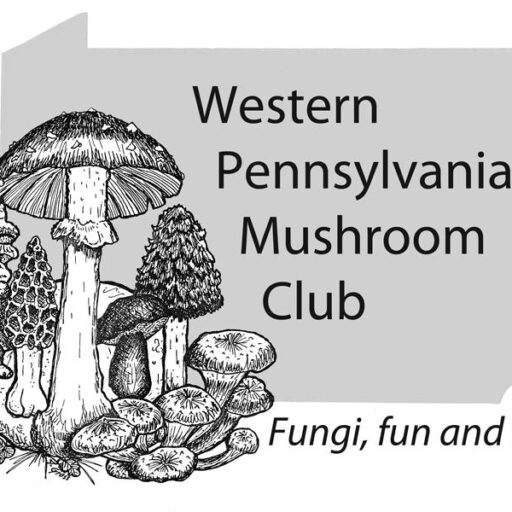
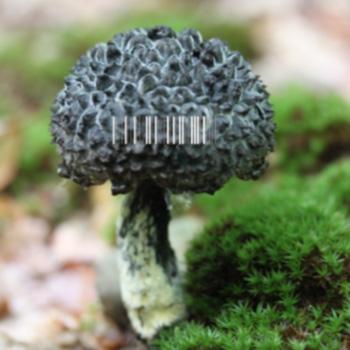
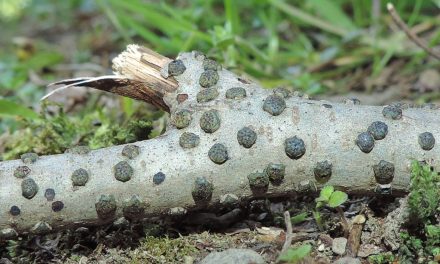
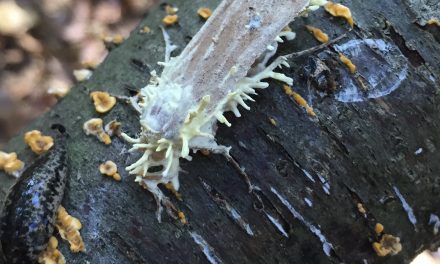
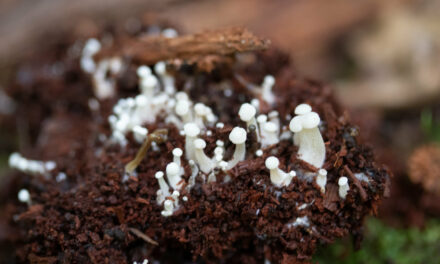
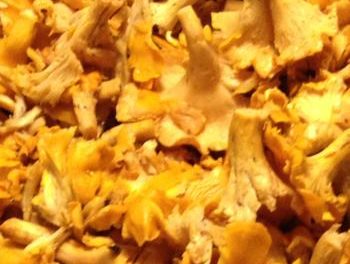

Hi There,
I am very interested in this work. I think it is a meaningful way to contribute to the ongoing body of knowledge being accumulated. How can I get more information on how you went about this? I live in Salem Oregon and we are having a bumper year for mushrooms.
Diane Condon.
Vice President
Willamette Valley Mushroom Society.
Hi Diane,
Thank you for you interest in our project. You can find out more about the beginnings of the project from this set of posts.
Winter is drawing in and we have collected and documented about 60 specimens this year, less than the 100 we hoped for but still a respectable number. Much of the year was spent writing protocols, instructions and forms for the collection and documentation of the specimens. We are still in the process of building the electronic storage part of the project. Over winter we plan to publish all our documents so that other groups can use them as a jumping off point for their own projects.
Please feel free to contact me by email with specific questions.
We had an incredible year for chanterelles, other species were hit or miss as per normal. Fingers crossed for a good morel harvest in the spring.
Richard Jacob
WMPC Corresponding Secretary – 2013
[email protected]